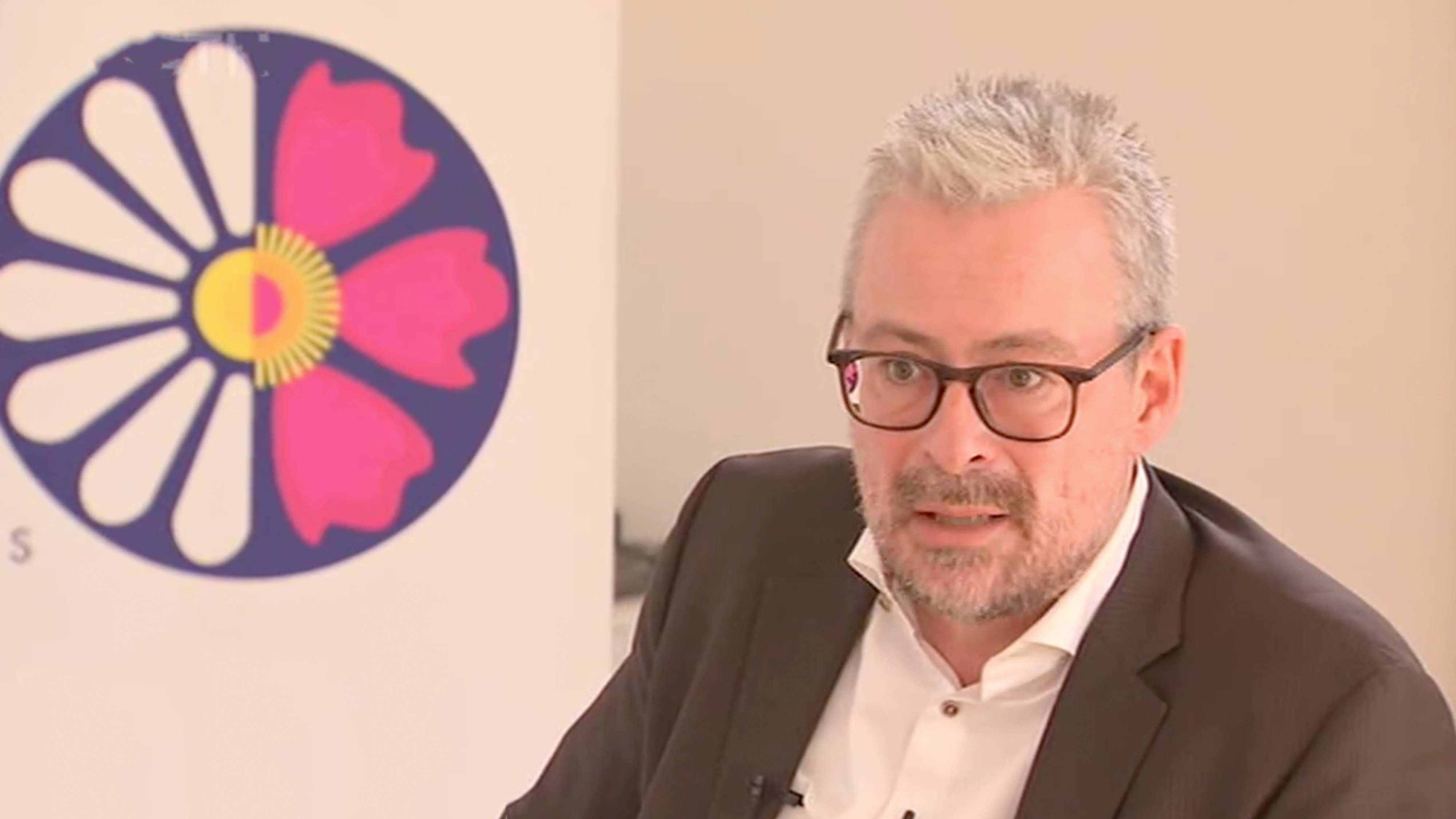
Museum
21:03, 11-Jan-2019
How to attract visitors to museums in the digital age
Updated
20:23, 14-Jan-2019
By Li Qiong, Yang Ran
04:59

Modern museums have become trendy places for many young people to visit nowadays. As they put on avant-garde exhibitions, many wonder whether traditional museums have lost their charm in the digital age.
Rane Willerslev, director of the National Museum of Denmark, shared his views with CGTN on how to better develop the museum culture.
Willerslev admits that museums are facing a hard time as young people now have access to various digital sources of information, but he maintains a positive attitude as to their future.
“It is a challenging time for museums," he said. "It is also the reason why it is an exciting time because museums have to rethink themselves, reinvent themselves. Because if they don't do it, they will have no future.”
Willerslev also gave his ideas on how to keep children from getting bored while visiting museums.
“We have some surveys made which show that children thought that museums were boring. And then we thought what to do about it? Let's invent a boring button. So when children come to the museum and they go by such a button they can push it and the point is the moment they push it something will happen, like a mummy will awaken or a knight will show up here,” said the director.
He also talked about other ways of turning the museum into a more attractive place.
“In the long run, we want to make our own park cast, and our own documentaries, and even in the end, make our own feature films. So we produce them ourselves,” added Willerslev.
He makes frequent appearances on TV shows as well, and he said it is part of his work to promote museum culture.
“It is a way to kind of change the conception of what a museum is and what it's prepared to do,” Willerslev said. “Museums need to create hooks.”
Despite all the measures, Willerslev believes that the museums and the cultural relics can never be replaced, no matter how developed the technology becomes.
“I think that the original treasures will always be relevant. There are millions of images of Mona Lisa floating on the Internet. But people are still interested in seeing the original. You need to create a hook to attract people to go to your museum,” he said.
In the era of social media, it is also easier to promote exhibitions and museums online, Willerslev suggested.
“If you can create a debate, if you can create rage, you have all the media to create the awareness of your thing. So the boring button, as I mentioned before, created a huge debate in Denmark. That is a way to promote your thing when you have a very small budget for advertisement,” he said. “Of course you can go on social media much more strategically. There are various ways to go about it, but it means breaking with a kind of conservative museum culture. No doubt.”

SITEMAP
Copyright © 2018 CGTN. Beijing ICP prepared NO.16065310-3
Copyright © 2018 CGTN. Beijing ICP prepared NO.16065310-3